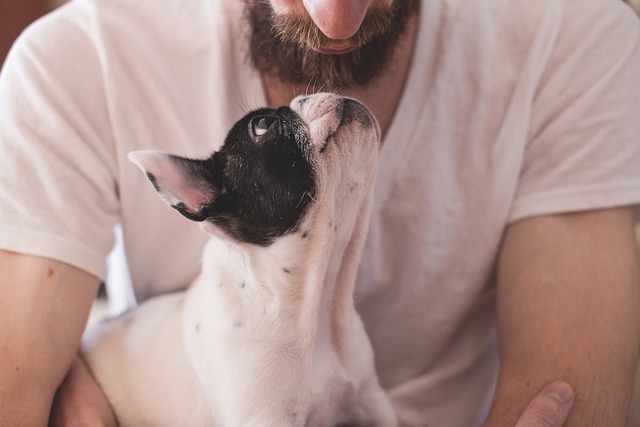Pet sitters excel by understanding each animal's unique needs and building trust with owners through responsible care, reliable communication, and consistent routines. They prioritize pet health by planning meals, medications, vet appointments, and record-keeping. Safety is a top priority, with first aid knowledge and emergency contacts, ensuring swift responses to unexpected challenges.
Pet sitting is more than just feeding furry friends; it’s about understanding their unique needs, building trust with anxious owners, and ensuring safe, reliable care. This guide delves into the essential skills every aspiring pet sitter should master. From deciphering animal communication to managing medication schedules and handling emergencies, these strategies ensure your services stand out. Discover how to build a successful career as a pet sitter, fostering strong bonds with both pets and their owners.
- Understanding Pet Needs: Communication and Empathy
- Building Trust: Responsible Care and Reliability
- Effective Management: Organising Schedules and Medication
- Safety First: Handling Emergencies and First Aid Skills
Understanding Pet Needs: Communication and Empathy
Pet sitting involves much more than just feeding and watering pets while their owners are away. Successful pet sitters need to truly understand each animal’s unique needs, behaviors, and quirks. This requires strong communication skills to effectively interact with both the pet owners and their beloved animals. Pet sitters should actively listen to owners’ specific instructions, concerns, and preferences regarding care routines.
Empathy plays a crucial role in this process as well. Put yourself in the owner’s shoes—they trust you to provide the same level of love and care they give their pets. Understand their emotional attachment and treat the animals with the same kindness and compassion they do. This empathetic connection fosters trust, ensuring both pet owners and their furry (or feathered or scaly) friends feel secure while apart.
Building Trust: Responsible Care and Reliability
Building trust is paramount for anyone looking to become a successful pet sitter. It starts with demonstrating responsible care and reliability. Pet owners should expect their chosen caregiver to show up on time, be consistent in communication, and adhere to agreed-upon routines and care instructions. This includes administering medication as needed, providing proper nutrition, and ensuring regular exercise according to each pet’s unique needs.
A reliable pet sitter also keeps detailed records of feeding times, walks, and any notable incidents or behaviors. They should be comfortable offering updates via text, email, or other agreed-upon methods, so owners can rest easy knowing their beloved pets are in capable hands. Trust is earned through consistent performance and transparent communication, fostering a reliable partnership between sitter and owner.
Effective Management: Organising Schedules and Medication
Pet sitting involves more than just feeding and playing with furry friends; it’s about responsible management. Effective pet sitters organise schedules meticulously, ensuring pets receive their meals on time and any medication as prescribed by their vets. This includes tracking appointments, administering medications accurately (whether oral or topical), and documenting feeding times and amounts for transparency with pet owners. A well-planned schedule not only keeps pets healthy but also provides peace of mind for anxious owners, knowing their beloved companions are in capable hands.
Safety First: Handling Emergencies and First Aid Skills
Pet sitting comes with unexpected challenges, which is why prioritizing safety is paramount. Pet sitters must be prepared to handle emergencies, from basic first aid situations to more critical scenarios. Knowing how to respond swiftly and effectively can make all the difference in ensuring your pet’s well-being and even saving their life.
Essential skills for pet sitters include recognizing common pet injuries, understanding basic first aid techniques like stopping bleeding, treating burns, or performing CPR on dogs and cats. Additionally, familiarity with emergency contact information, such as local veterinary clinics and poison control centers, is crucial. Being equipped with a well-stocked first aid kit tailored for pets will further enable pet sitters to react promptly and professionally during emergencies.






